
Hysterosalpingogram test is a test of woman s fertility potential. This test is often performed when woman experiences problems when trying to conceive. Hysterosalpingogram is a radiology procedure and is done in radiology department. This test is an X-ray test that looks at the inside of the uterus and fallopian tubes and the area around them. The procedure of Hysterosalpingogram test looks like this: * Radiographic contrast (dye) is injected into the uterine cavity through the vagina and cervix. * The uterine cavity is filled with radiographic contrast and in case the fallopian tubes are open, radiographic contrast fills the tubes and then spills into the abdominal cavity. Pictures are taken using a steady beam of fluoroscopy (X-ray) as the dye (Radiographic contrast) passes through the uterus and fallopian tubes. The test can detect problems such as injury, abnormal uterus structures, and abnormal structure of fallopian tubes or eventually blockage in fallopian tubes. Blockage such as this could prevent an egg moving through a fallopian tube to the uterus, or could prevent sperm from moving into a fallopian tube and fertilizing an egg, and could also prevent a fertilized egg from implanting to the uterine wall.
This procedure determines whether fallopian tubes are blocked or open, and in case they are blocked the test can locate the blockage. The most common areas of blockage are at the junction of the tube and uterus (proximal) or at the other end of the fallopian tube (distal blockage). Additionally, Hysterosalpingogram can the capability to find problems in the uterus, such as an abnormal shape or structure, an injury, polyps, fibroids, adhesions, or a foreign object in the uterus. The test should be performed approximately 2 to 5 days after the menstrual bleeding has stopped, and definitely never during pregnancy. It is advised to bring a sanitary napkin to wear after the test because some bleeding and X-ray leakage might occur.
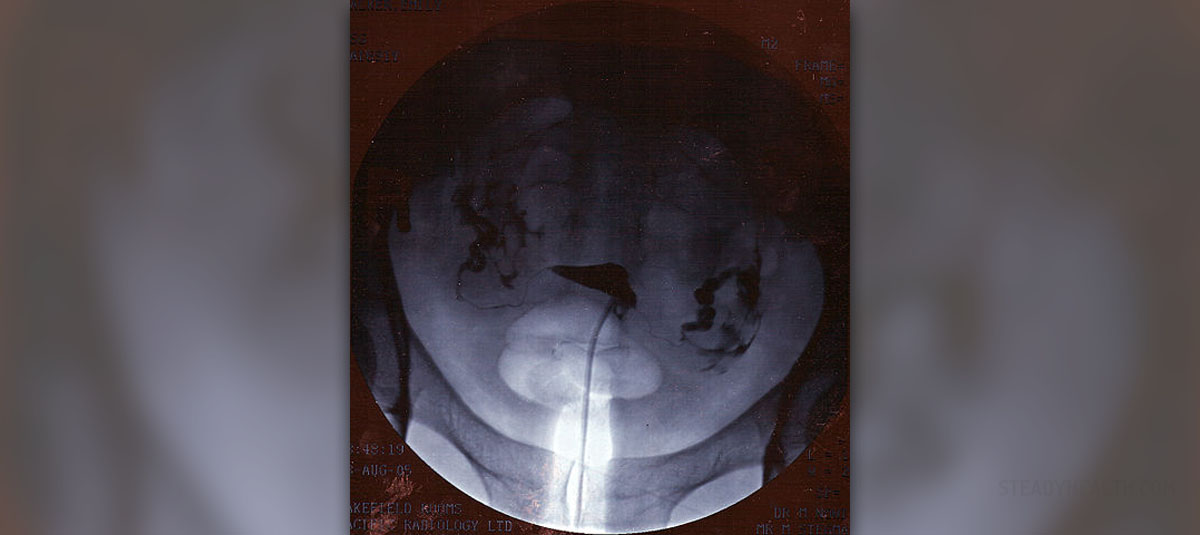


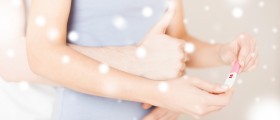





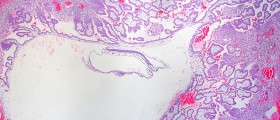
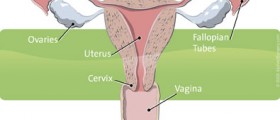






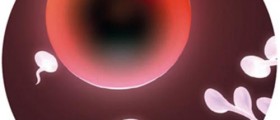
Your thoughts on this
Loading...